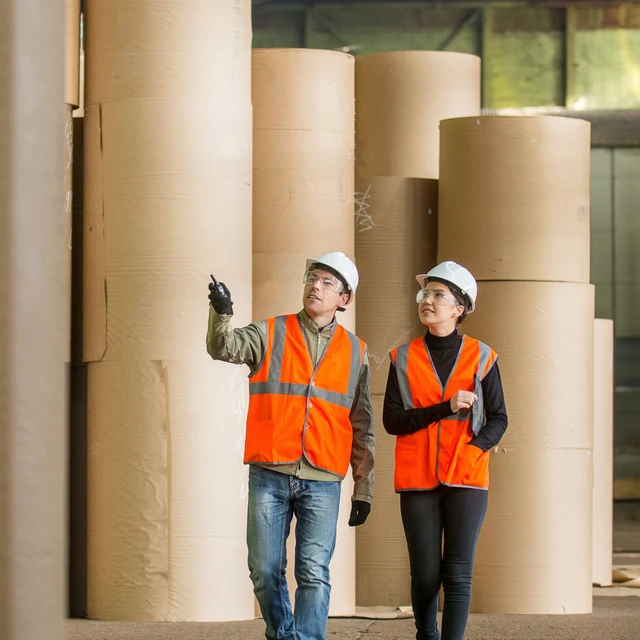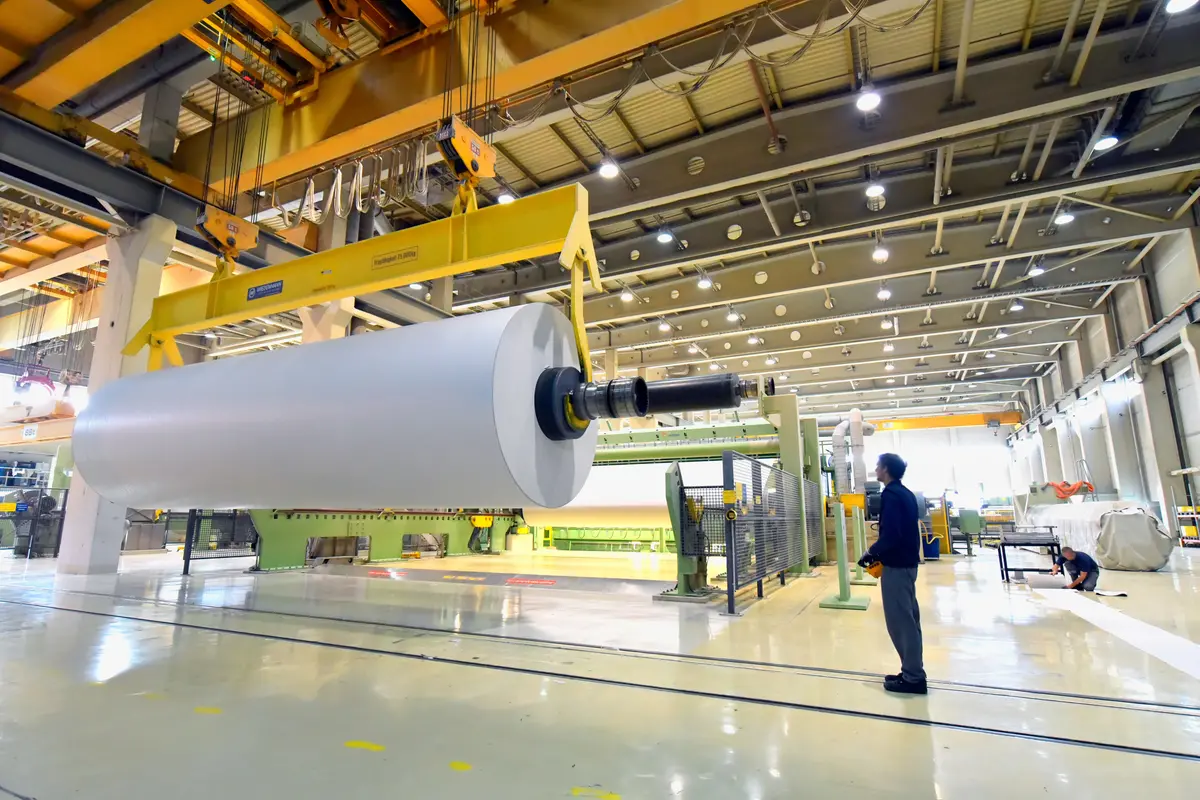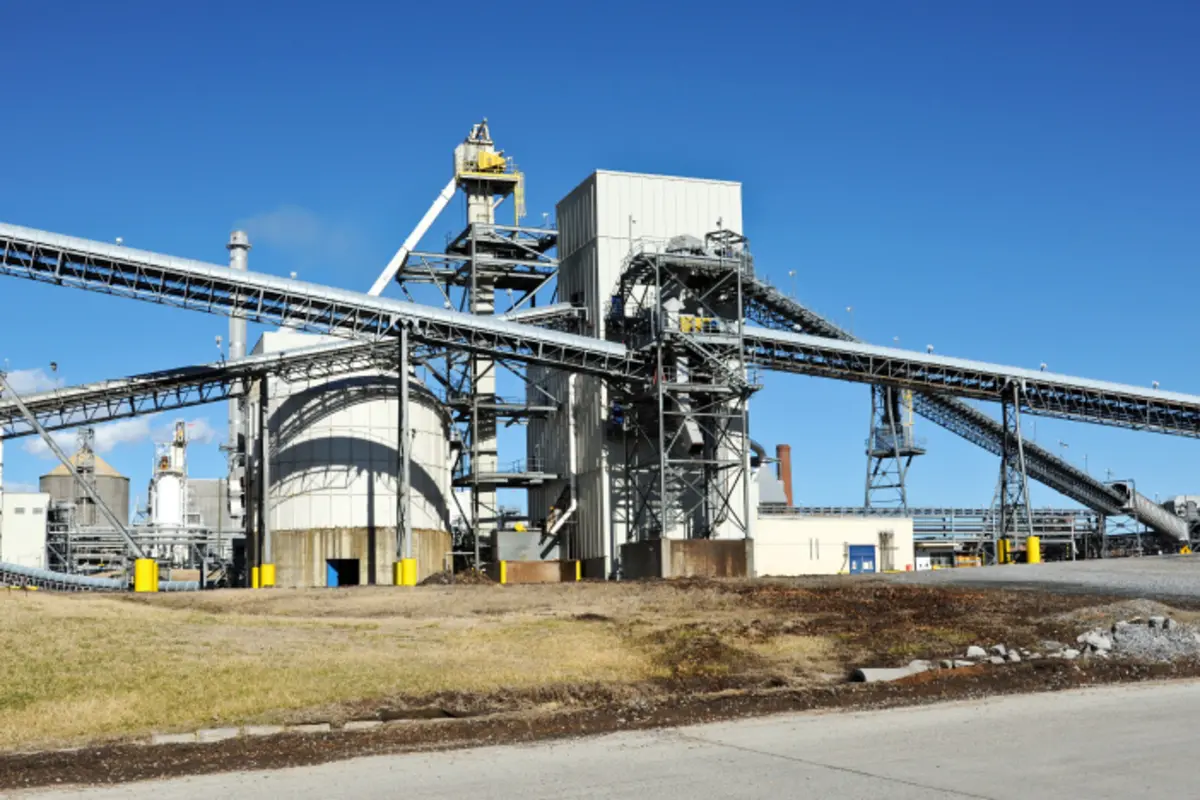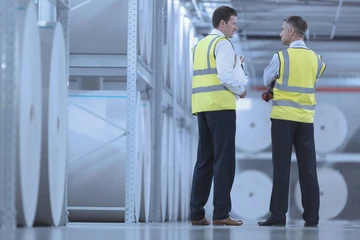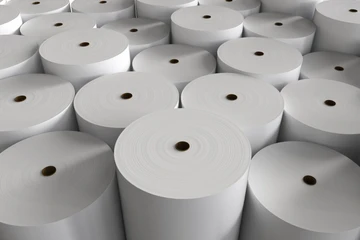Get the most from every tree. We owe it to nature.
Sourcing wood and fiber from sustainably managed forests leads to a range of environmental benefits. But it’s still important to get the most paper and board possible from every tree harvested.
With our enzymes, you can upgrade the papermaking potential of fiber. Unlocking its full potential in this way reduces pressure on forests. It also lowers the amount of wood or fiber you use per ton of product. This in turn makes final board products lighter, with no compromise on strength. That reduces the overall CO2 footprint of the transport sector. This is especially important in light of the rapid growth of global e-commerce.
